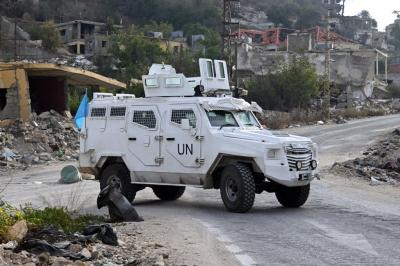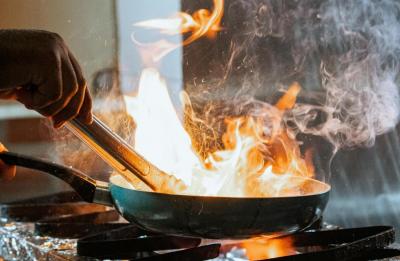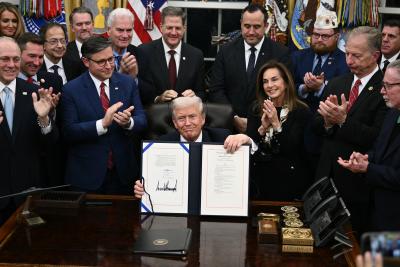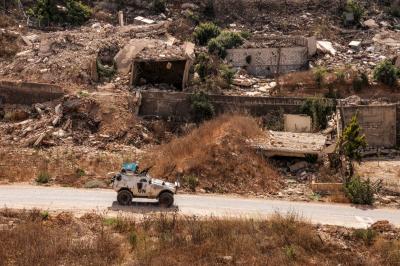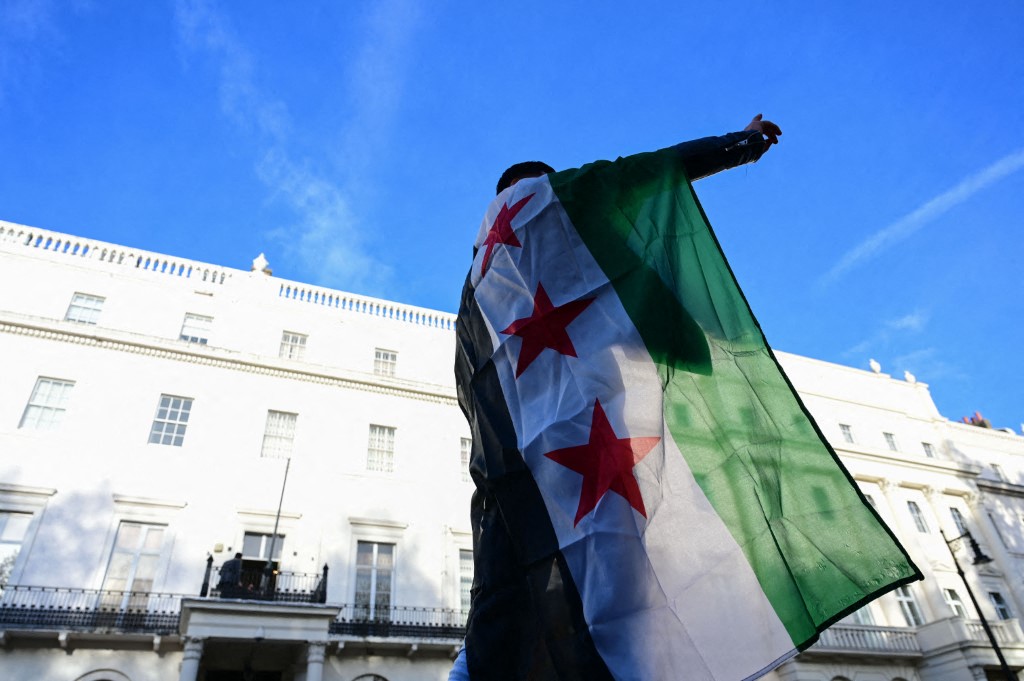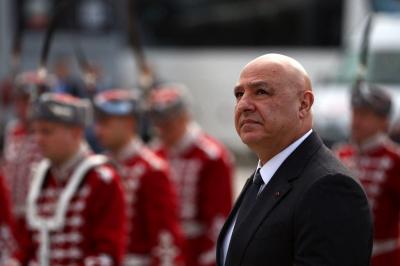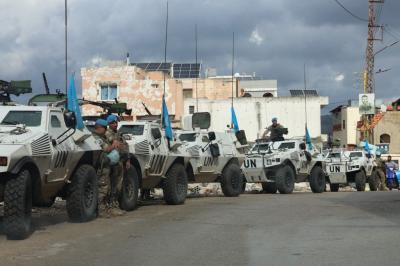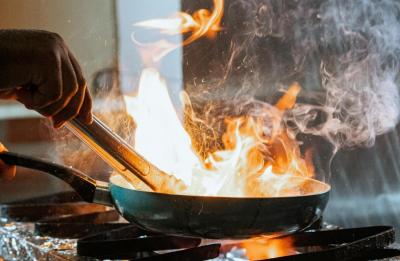There is no doubt that Syrian President Ahmad al-Sharaa’s visit to the United States and his meeting with President Donald Trump marked a major shift less than a year after Abu Mohammad al-Joulani, the former extremist Islamist leader, took charge of the “new Syria.” Yet the visit came with considerable show-off, limiting its achievements to images, warm gestures, and promises, rather than demonstrating real capacity of the government in Damascus to confront the challenges.
Before the meeting, the Trump administration lifted sanctions and terrorism designation from the Syrian president. Al-Sharaa moved from being on a U.S. terrorist wanted list with a $10 million bounty to becoming a guest at the White House — a first for any Syrian president. Al-Sharaa received explicit and substantial public support from the U.S. administration on several fronts — financial, economic, and diplomatic — along with security and defense assurances, all embodied in the symbolism of the meeting.
This represents a shift into a new phase for a state historically aligned with the East — the former Soviet Union, then Russia, and later Iran — now seeking a stable relationship with Washington and a non-hostile stance toward Israel (a visit to China is also in the works), while being governed by an authority that emerged from al-Qaeda.
But for Israel, the matter appears different. Israeli Prime Minister Benjamin Netanyahu knows exactly who the new rulers in Damascus are, and he is determined to weaken them as long as toppling them remains off-limits. Al-Sharaa wants to return to the 1974 Disengagement Agreement in the occupied Golan, or something similar, without signing a peace treaty or normalization. This would require Israel to withdraw to the lines of December 8.
Israel, however, wants to impose a new reality leading to a new agreement that includes establishing a demilitarized buffer zone, full air dominance over southern Syria, and the creation of a security corridor extending to Iraq, with provisions to support and “protect” the Druze. And while Netanyahu may not be able to block Trump’s plans in Syria, he can buy time to undermine them, stirring trouble for al-Sharaa with the Druze and Kurds, and attempting to obstruct U.S.–Syrian rapprochement by stripping al-Sharaa of the legitimacy he seeks.
This raises the question of Israel’s capacity to obstruct developments through unilateral — even limited — attacks, or through interference in Congress, diplomacy, or other means to hinder stability and reconstruction.
The transitional Syrian president wants to stabilize his rule and rebuild a country ravaged by wars and destroyed economically. Thus, he does not want to sever ties with anyone, even Iran, which fought against him — a stance that explains his visit to Russia. He knows that Moscow has historically been his country’s primary military supplier. This includes maintaining Russia’s military presence along the Syrian coast — though with a different role — and pursuing agreements in energy, oil, and infrastructure.
Therefore, a full partnership with Washington based on implementing everything the U.S. desires — including normalization with Israel — is not on the table. Parallel to this, Damascus intends to participate in the war on “terrorism,” specifically ISIS, within the international coalition — as Jordan, Egypt, Saudi Arabia, and the UAE do — to preserve the regime and secure financial, economic, and military support for al-Sharaa, while maintaining control over his domestic rivals.
This may also align with Washington’s desire to establish a military partnership that includes two bases — one near Damascus and therefore near Israel — along with security cooperation through the U.S. embassy in the Syrian capital, which Trump hopes will eventually support security arrangements with Israel.
One of the major challenges is the economic crisis, as Syria needs massive funds that lose their justification without a full lifting of the Caesar Act. Although the Trump administration suspended Caesar Act sanctions on Syria for six months, repealing the law requires a vote in both chambers of Congress — a process currently underway. But that seems insufficient, for without a full lifting of sanctions, investors — especially Western ones — will hesitate given the existing banking regulations and the deterioration of institutions.
Today, there are no real economic projects, no investments, and no shift on the economic or financial level. And there is difficulty adapting to the complex conditions imposed by the IMF. And this is only the first step for Saudi Arabia and Turkey to push for the Arab and international community’s return to Syria.
The truth al-Sharaa fully understands is that he is undergoing a trial period while facing a web of conflicting interests among the major surrounding states. Turkey is fixated on eliminating Kurdish aspirations in the north, as it links the Kurdish issue to its national security — a stance challenged by the Syrian Democratic Forces (SDF). The Gulf agenda prioritizes stabilizing the regime politically while keeping it under Gulf influence, whereas Israel seeks further weakening of the regime and expanding militarily and politically through fragmentation. And we must not forget actors such as Iran, the UAE, Egypt, and Iraq, none of whom harbor much goodwill toward the current regime.
All this while the regime’s political and economic performance over the past year has been discouraging, marked by monopolization of power and wealth, corruption suspicions, and repression of minorities. When it comes to minorities, the dilemma is far from over — in fact, it is only beginning. And while the Druze uprising has quieted for now, the real challenge lies in the Kurdish regions of the north — where resources are concentrated — and where the Kurds enjoy the American umbrella, but more importantly, Israeli protection, as well as organization, determination, combat doctrine, and an enduring cause.
Historically, the ruling systems in Damascus have neglected and repressed Kurdish aspirations to the point that today the Kurds are demanding separation — albeit without a formal declaration. On March 10, the SDF and the regime reached an agreement to integrate SDF forces into the Syrian army. That agreement remained ink on paper. This was not surprising. Kurdish ambitions have always extended beyond such concessions, especially after the regime carried out bloody repression in Alawite coastal regions and later similar actions against the Druze in the south.
The Kurds can no longer settle for talk of decentralization, even if SDF leader Mazloum Abdi spoke days ago about moving forward with implementing the March agreement. The SDF served as the spearhead in the ground battles against ISIS and succeeded in defeating it alongside allies and under American cover; Syria's joining the anti-ISIS coalition would harm the SDF by weakening its influence and undermining its very raison d’être in the fight against terrorism.
Al-Sharaa would become the negotiating force against terrorism and Washington’s security partner in Syria — at the Kurds’ expense. If efforts at reconciliation and integration fail, Damascus and the SDF will not only enter a hostile relationship, but U.S. gains against ISIS may collapse. The SDF holds thousands of ISIS fighters in prisons and camps, and any chaos could lead to mass escapes and a resurgence of violence, which the Kurds could exploit to push for separation if the American posture weakens.
Thus, the central and greatest challenge facing al-Sharaa in the coming stage is to impose stability and clean up the internal scene, to strengthen his legitimacy, revive the economy, and reclaim a realistic role — this time under the “American umbrella,” which would offer him balanced regional relations within his new discourse, alongside managing minority issues and eventually neutralizing Israel.
Please post your comments on:
[email protected]
 Politics
Politics
